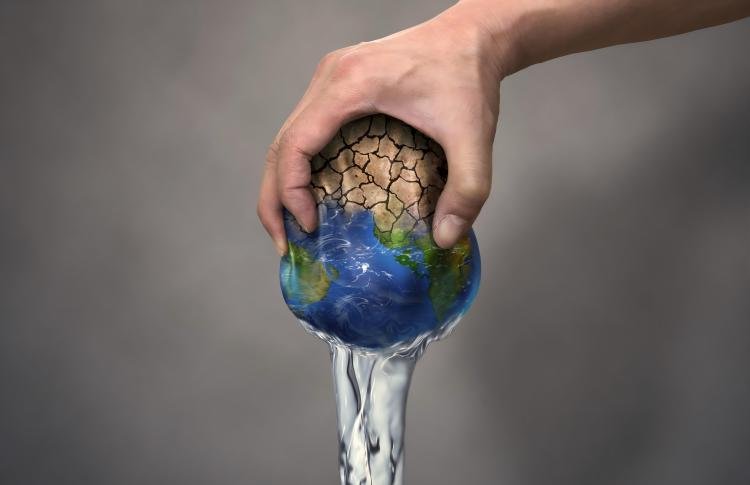La escasez de agua es un problema crítico en los países en desarrollo, particularly in regions like India y Africa. With growing populations and climate change exacerbating the problem, innovative solutions are urgently needed. En este blog, we explore how ósmosis inversa (RO) y ultrafiltración (UF) membrana technologies, especially decentralized systems like containerized water treatment stations, can address this crisis.
The Water Crisis in Developing Countries
To begin with, water scarcity in developing countries is a complex challenge. Por ejemplo, en India, over 600 million people face high to extreme water stress, according to a report by NITI Aayog. Similarly, en Sub-Saharan Africa, nearly 400 million people lack access to clean drinking water. Climate change, rapid urbanization, and inadequate infrastructure are key drivers of this crisis.
| Region | Population Facing Water Scarcity (Millions) | Key Challenges |
|---|---|---|
| India | 600 | Over-extraction of groundwater, pollution |
| Sub-Saharan Africa | 400 | Drought, lack of centralized water systems |
| Middle East | 150 | Salinidad alta, limited freshwater resources |
The Role of RO/UF Membrane Technology
RO and UF membrane technologies are uniquely suited to address these challenges. Membranas RO can remove dissolved salts and contaminants, making them ideal for desalination and treating brackish water. On the other hand, UF membranes are effective for removing bacteria, virus, y sólidos suspendidos, providing a cost-effective solution for water purification.
For instance, en India, decentralized RO systems have been deployed in rural areas to treat groundwater contaminated with fluoride and arsenic. Similarly, en Kenya, UF-based containerized water treatment stations are providing clean water to off-grid communities.
Distributed Membrane Systems: A Game-Changer
One of the most promising applications of RO/UF technology is distributed membrane systems, such as containerized water treatment stations. These systems are compact, modular, and easy to deploy, making them ideal for remote and underserved areas.
| Característica | Ventaja | Impact |
|---|---|---|
| Modular design | Easy to transport and install | Rapid deployment in remote areas |
| Low energy consumption | Can be powered by solar energy | Suitable for off-grid locations |
| Scalability | Can be expanded as demand grows | Flexible solution for growing communities |
Por ejemplo, en Nigeria, a solar-powered RO containerized system was installed in a rural village, siempre que 10,000 liters of clean water per day to over 5,000 residents. This not only improved health outcomes but also reduced the time women and children spent fetching water.
Challenges and Solutions
Despite their potential, distributed RO/UF systems face challenges. The initial cost of these systems can be high, and maintenance requires technical expertise. Sin embargo, innovative financing models, such as public-private partnerships (PPPs) y community-based ownership, are making these systems more accessible.
Además, training local technicians and using IoT-based monitoring can ensure efficient operation and reduce downtime. Por ejemplo, en Tanzania, a PPP project trained local operators to maintain UF-based water treatment units, ensuring long-term sustainability.
The Future of RO/UF in Developing Countries
Looking ahead, the adoption of RO/UF membrane technology in developing countries is expected to grow. Governments and NGOs are increasingly investing in decentralized water treatment solutions. For instance, el Indian government has launched the Jal Jeevan Mission, aiming to provide piped water to every household by 2024, with RO/UF systems playing a key role.
Además, advancements in membrane materials, such as graphene-based membranes, are expected to further reduce costs and improve efficiency, making these systems even more viable for widespread adoption.
Conclusión
En conclusión, RO/UF membrane technology, particularly distributed systems like containerized water treatment stations, holds immense potential to address the water crisis in developing countries. By leveraging innovative financing, local capacity building, and technological advancements, these systems can provide sustainable and scalable solutions to ensure water security for millions.
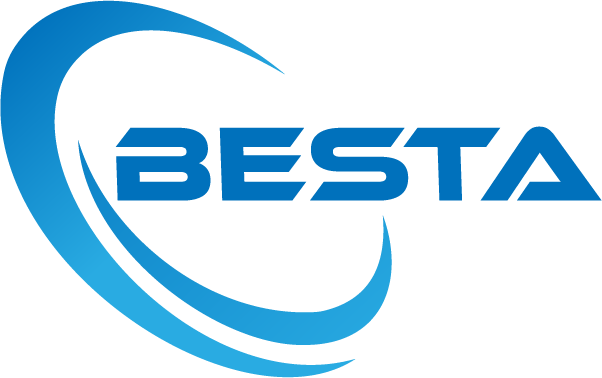
 Membrana MBR
Membrana MBR Membrana de ósmosis inversa
Membrana de ósmosis inversa Membrana RO residencial
Membrana RO residencial Membrana UF
Membrana UF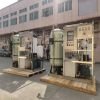 Planta de tratamiento de agua
Planta de tratamiento de agua Máquina residencial RO
Máquina residencial RO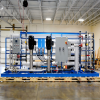 Sistema RO salobre
Sistema RO salobre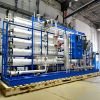 Sistema de agua de mar/planta SW ro
Sistema de agua de mar/planta SW ro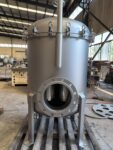 Filtro de bolsa
Filtro de bolsa Filtro de cartucho
Filtro de cartucho Sistema de filtración de agua comercial
Sistema de filtración de agua comercial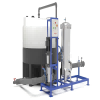 Sistema de limpieza de membrana(Titubear)
Sistema de limpieza de membrana(Titubear) Accesorios de consumo
Accesorios de consumo